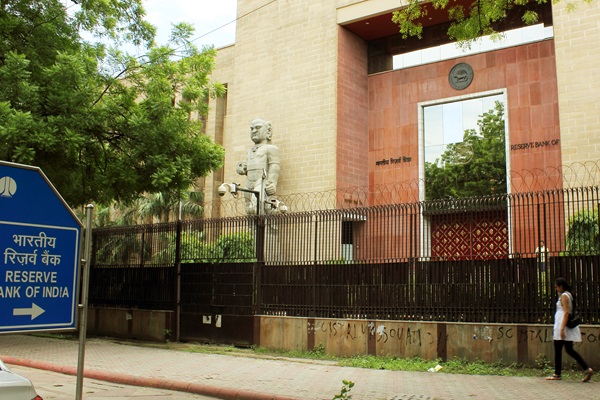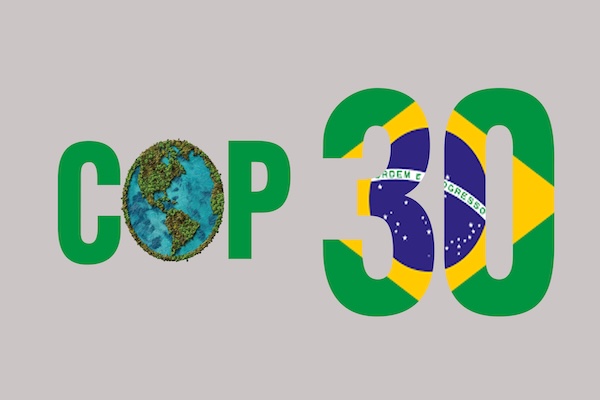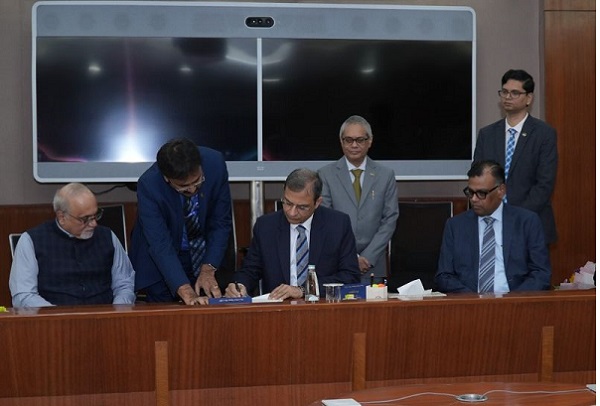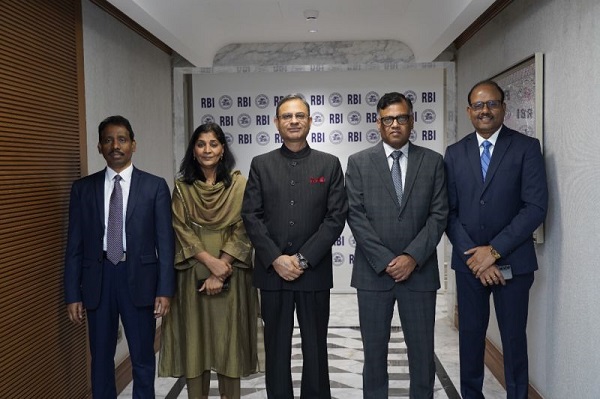.png)
July 7, 2025 at 5:13 AM IST
Schrödinger’s Cat is a famous thought experiment showing how reality can exist in multiple states until observed. It raises questions about whether observation is needed to fix a single outcome. Until that moment, the system is split between all possibilities — the cat is both dead and alive.
Many physicists argue, however, that quantum mechanics applies only at the microscopic scale, not to macroscopic objects like cats.
In economics, there is a similar debate. Some believe that flooding the system with liquidity will automatically spur credit growth. But what if that liquidity simply lowers overnight rates without meaningfully boosting credit or deposits, especially when aggregate demand is weak because real wage growth is stagnant?
Since the new Governor, Sanjay Malhotra, took over, there has been a 150-basis-point effective easing (a 100-basis-point cut in the repo rate and a shift of the operating rate to the lower corridor), and ₹9 trillion of durable liquidity has been injected. Transmission has certainly worked in some areas, such as EBLR-linked loans, but overall credit growth remains below 10%, which is weaker than nominal GDP growth.
What explains this contradiction? Despite abundant liquidity, credit refuses to pick up. The answer lies in weak real wage growth in the formal sector. This hypothesis is supported by several indicators that show slowing consumption in urban and formal segments. Even corporate demand for credit remains subdued if we look at fresh capital expenditure plans in the April–June quarter of 2025–26.
1. Weak auto sales: Combined car sales in June 2025 fell 6% year on year to 320,000 units from 341,000 in June 2024. Until 2019, auto sales grew at about 1.5 times GDP growth, but now they have flatlined even at 6.5% GDP levels. Maruti Suzuki and Hyundai Motor reported double-digit declines in dispatches, reflecting urban demand weakness. All two-wheeler manufacturers also posted lower sales both month on month and year on year.
2. Slowing GST growth: Gross GST collections in June grew 6% year on year, the slowest rate in four years. Net GST collections were ₹1.59 trillion, only 3.3% higher than June 2024. Coupled with under 4% growth in advance tax for the April–June quarter, these figures indicate softening demand and a cautious consumer outlook.
3. Tepid private capex: New investment projects announced in the April–June quarter were worth ₹4.1 trillion, the second-lowest tally in 14 quarters, down 81% from ₹21.7 trillion in the previous quarter, according to CMIE data. On a year-on-year basis, there was a 42% rise on a low base, but the level is still among the weakest since late 2020. The sharp quarter-on-quarter drop suggests private sector caution, reflecting uncertainty from trade tariffs and geopolitical tensions.
Growth in the Index of Industrial Production slowed to 1.2% in May 2025, a nine-month low, following 2.6% in April. Average IIP growth so far this financial year is just 1.9%, compared with 5.7% in 2024–25.
4. Sluggish credit growth: Bank credit is expanding at under 10%, slower than nominal GDP. Retail credit growth decelerated to 13.7% year on year in May 2025 from 19.3% a year earlier. Unsecured personal loans slowed to 8.3% from 17.1%, and credit card outstanding growth fell to 8.5% from 26.2%. Vehicle loans also moderated sharply to 8.7% from 18.4%.
5. Divergent wage growth: Wage trends are two-sided. Urban wage growth is stagnant at about 5.5% since late 2024 and has not kept pace with inflation, undermining purchasing power. Rural wages have done relatively better, rising 7.55% since late 2024.
Together, these indicators point to a real wage growth problem in urban formal sectors, weighing on aggregate demand even as home loan rates fall. Global tariff conflicts and geopolitical tensions — such as the May conflict with Pakistan and ongoing Israel-Iran conflict — further complicate consumption and investment decisions.
For now, monetary transmission is both there and not there. Home loan rates have fallen thanks to repo cuts, but consumer demand remains weak, limiting new borrowing. This is why the Governor was right in the June MPC statement to say that monetary policy has very limited space to support growth.
At 6.5% GDP growth, India is only managing to keep pace with its demographics. Or perhaps it is more accurate to say that current weak consumption, particularly in urban formal sectors, is what constrains GDP growth to 6.5%.
Achieving a potential output of 7–7.5% will require either much stronger urban consumption or a massive investment surge. Both depend on creating a robust consumer base with high real wages and a strong propensity to spend, which would also give businesses confidence to launch large-scale capital expenditure.
Ultimately, it is in the interest of both the public and private sectors to support higher wages to strengthen aggregate demand. Only then might Schrödinger’s cat turn out to be not just alive, but thriving.




